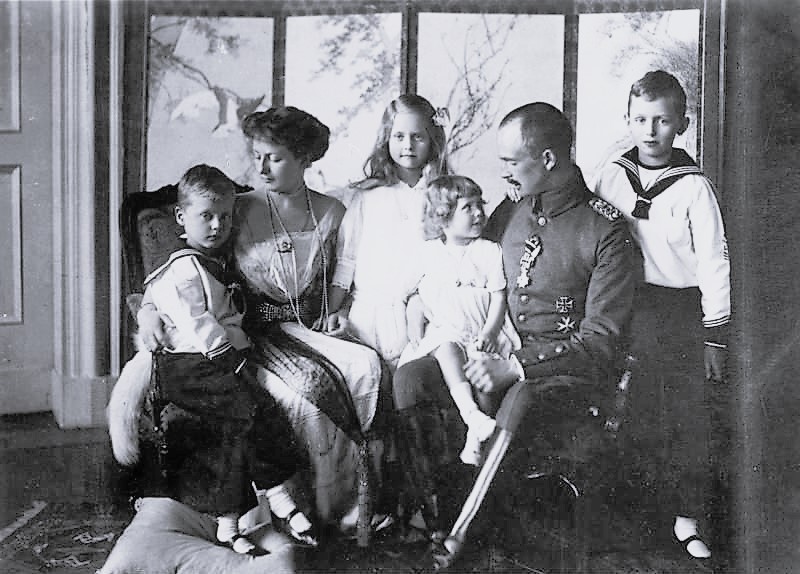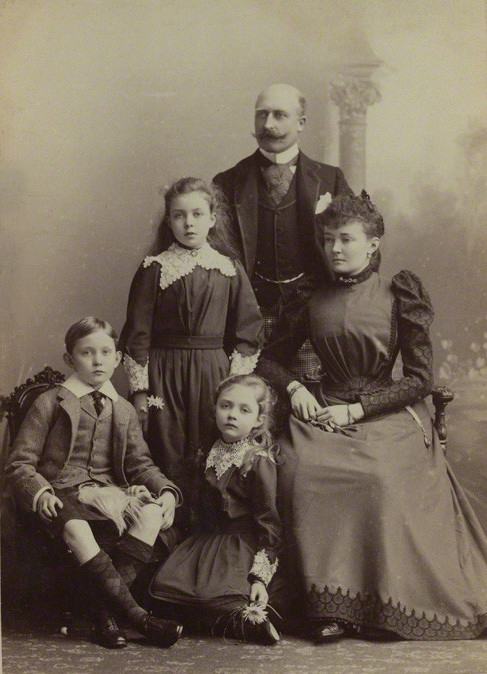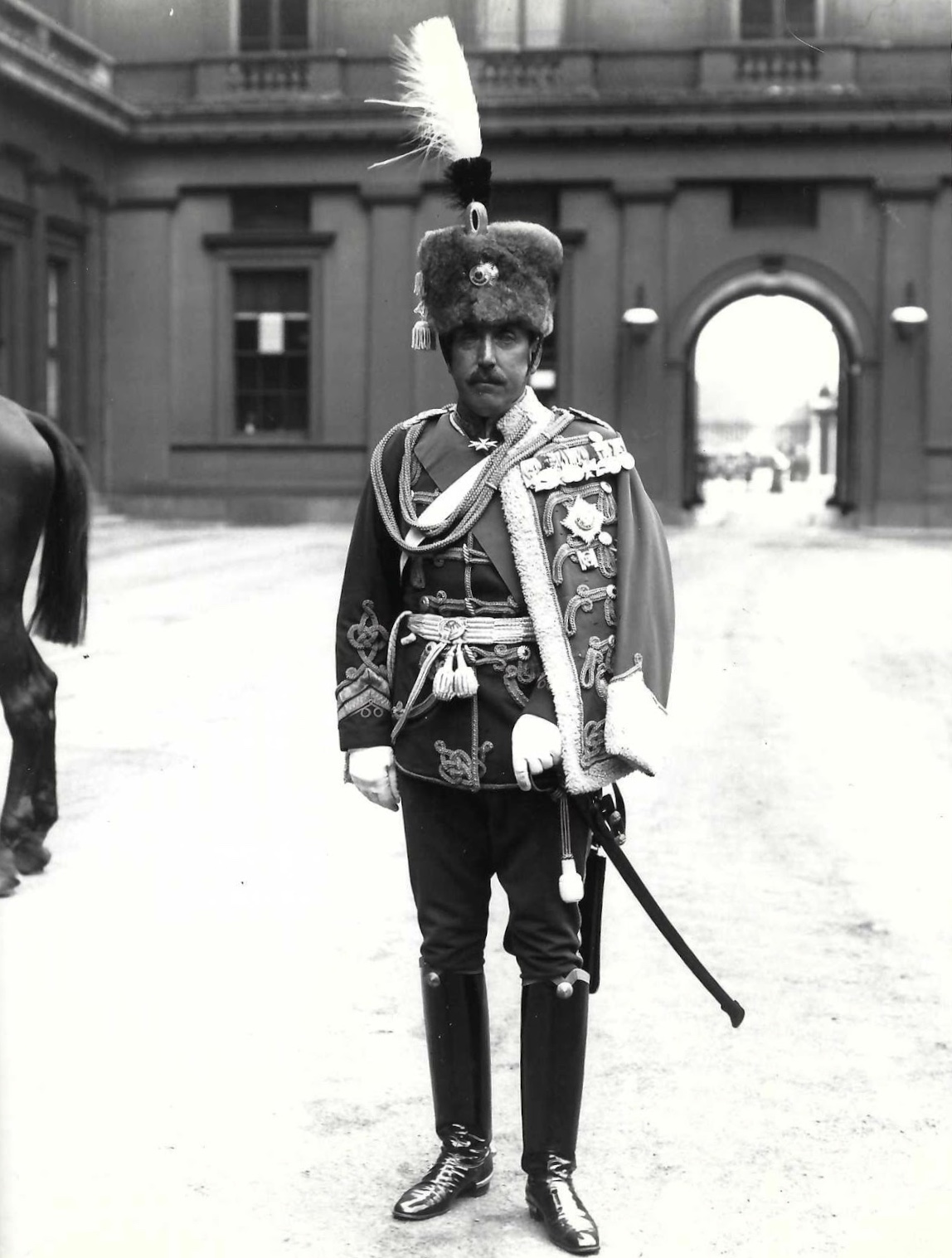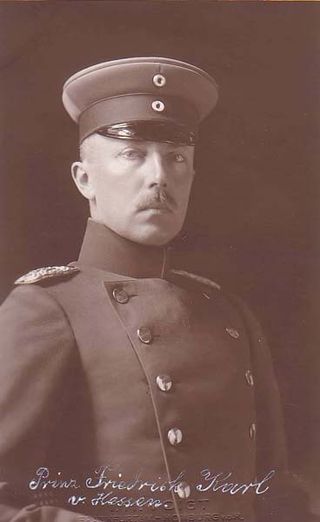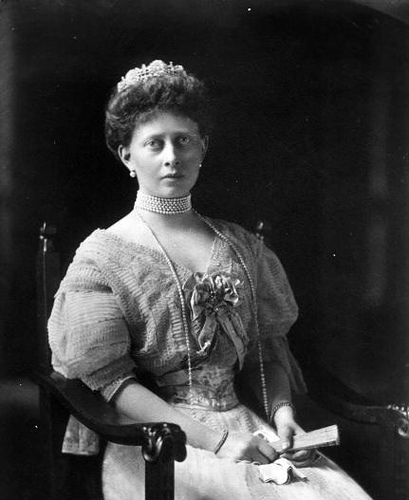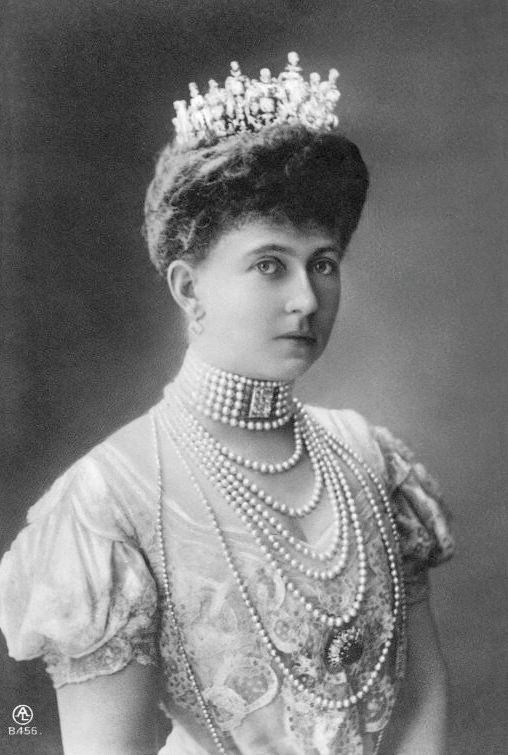by Scott Mehl © Unofficial Royalty 2015
Saxe-Coburg-Saalfeld/Saxe-Coburg and Gotha: In 1675, Ernst I, Duke of Saxe-Gotha-Altenburg died. Initially, his seven sons collectively governed the Duchy of Saxe-Gotha-Altenburg, as set out in their father’s will. In 1680, the seven brothers concluded a treaty of separation, with each brother getting a portion of the Duchy of Saxe-Gotha Altenburg and becoming a Duke. One of the seven new duchies was the Duchy of Saxe-Saalfeld and Johann Ernst, one of the seven sons of Ernst I, Duke of Saxe-Gotha-Altenburg became the first Duke of Saxe-Saalfeld. When two of his brothers died without male heirs, Johann Ernst took possession of Coburg (in 1699) and Römhild (in 1714). In 1699, Johann Ernst’s title changed to Duke of Saxe-Coburg-Saalfeld.
In 1825, 145 years after the initial split, another line became extinct and there was another split between three surviving duchies. Ernst III, Duke of Saxe-Coburg-Saalfeld became Ernst I, Duke of Saxe-Coburg and Gotha. For more information on the switch, see Saxe-Coburg-Saalfeld/Saxe-Coburg and Gotha Index.
On November 9, 1918, after the German Empire lost World War I, the Workers’ and Soldiers Council of Gotha, deposed the last Duke of Saxe-Coburg and Gotha, Charles Edward, a grandson of Queen Victoria. Five days later, he signed a declaration relinquishing his rights to the throne. The territory that encompassed the Duchy of Saxe-Coburg and Gotha is now in the German states of Bavaria and Thuringia.
********************
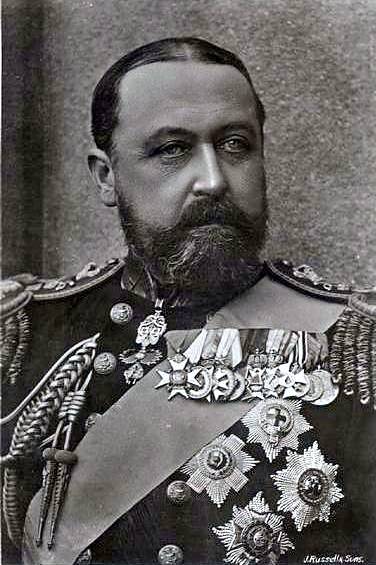
source: Wikipedia
Prince Alfred, Duke of Edinburgh and Saxe-Coburg and Gotha, was the fourth child of Queen Victoria of the United Kingdom and Prince Albert of Saxe-Coburg and Gotha. Born at Windsor Castle in Windsor, England on August 6, 1844, Alfred was christened on September 6, 1844, in the Private Chapel at Windsor Castle with the names Alfred Ernest Albert. His godparents were:
- Prince George of Cambridge (his first cousin, once removed)
- Duchess of Saxe-Coburg and Gotha (his paternal aunt by marriage, born Alexandrine of Baden)
- Carl, 3rd Prince of Leiningen (his maternal uncle)
Alfred had eight siblings:
- Victoria, Princess Royal (1840-1901) married Friedrich III, German Emperor and King of Prussia, had four sons and four daughters
- King Edward VII of the United Kingdom (1841-1910) married Princess Alexandra of Denmark, had two sons and thress daughters
- Princess Alice (1843-1878) married Ludwig IV, Grand Duke of Hesse and by Rhine, had two sons and five daughters
- Princess Helena (1846-1923) married Prince Christian of Schleswig-Holstein, had two sons and two daughters
- Princess Louise (1848-1939) married John Campbell, Marquess of Lorne, 9th Duke of Argyll, no children
- Prince Arthur, Duke of Connaught (1850-1942) married Princess Louise Margaret of Prussia, had one son and two daughters
- Prince Leopold, Duke of Albany (1853-1884) married Princess Helena of Waldeck and Pyrmont, had one son and one daughter
- Princess Beatrice (1857-1944) married Prince Henry of Battenberg, had three sons and one daughter
After being educated at home, along with his older brother The Prince of Wales (future King Edward VII), Alfred entered the British Navy at just 14 years old. Rising quickly through the ranks, by February 1866 he had been elevated to the rank of Captain, and the following year was given command of his own ship, HMS Galatea.
During his military career, Alfred found himself potentially taking a throne of his own. After having deposed their ruler, King Otto, the people of Greece voted to determine the future of the Greek monarchy. Prince Alfred received 95% of the votes. Despite this, under the terms of the London Conference of 1832, members of the ruling families of the Great Powers (Britain, France, and Russia) were prohibited from ascending the Greek throne. In addition, Queen Victoria was adamantly opposed to the idea, as Alfred was already intended to succeed his uncle Ernst as Duke of Saxe-Coburg and Gotha. Alfred’s father and elder brother had both renounced their rights of succession, leaving Alfred as heir-apparent to his uncle. The Greek throne ended up going to Prince Vilhelm of Denmark, who reigned as King George I of the Hellenes.
Along with his military career, from 1863-1865, Prince Alfred studied at the University of Edinburgh, and the University of Bonn. With his future role as Duke of Saxe-Coburg and Gotha in mind, in 1865 Alfred purchased a palace in Coburg, just across the square from Schloss Ehrenburg, the official ducal residence. This palace – known as Palais Edinburg – would be his residence in Coburg until his accession 28 years later. The following year, in May 1866, he was created Duke of Edinburgh, Earl of Ulster, and Earl of Kent. Along with this came a parliamentary allowance of £15,000 per year, and a seat in the House of Lords.
From a young age, Prince Alfred developed a strong interest in stamp collecting. Through the years, he amassed a rather extensive collection, which he later sold to King Edward VII who passed it on to his son, King George V. Today, it forms part of the Royal Philatelic Collection, housed at St James’ Palace in London, England.
On January 24, 1867, Alfred set sail on HMS Galatea for a trip around the world. Following a visit to Cape Town in South Africa, he arrived in Australia on October 31 – the first British royal to set foot in the country. On March 12, 1868, while visiting Sydney, Prince Alfred was the victim of an assassination attempt. An Irishman, Henry James O’Farrell, fired at the Prince from behind, striking him just to the side of his spine. Alfred was quickly taken to Government House in Sydney, where he spent several weeks recovering before again assuming command of his ship and returning home in June 1868. In an outpouring of support for the Prince, the people voted for some sort of memorial to be built in his honor. This led to the construction of the Royal Prince Alfred Hospital in Sydney. In addition to being the first British royal in Australia, Prince Alfred was also the first to visit New Zealand, Japan, Hong Kong, India, and Ceylon (now Sri Lanka) in visits over the next several years.
On January 24, 1874, at the Winter Palace in St Petersburg, Russia, Alfred married Grand Duchess Maria Alexandrovna, the only daughter of Alexander II, Emperor of All Russia and Princess Marie of Hesse and by Rhine. The couple settled at Clarence House in London, England, and Eastwell Park in Kent, England which they leased until 1893.
- Unofficial Royalty: Wedding of Grand Duchess Marie Alexandrovna and Prince Alfred, Duke of Edinburgh
Alfred and Marie had five children:
- Prince Alfred, Hereditary Prince of Saxe-Coburg and Gotha (1874-1899) – unmarried
- Princess Marie (1875-1938) – married King Ferdinand of Romania, had children
- Princess Victoria Melita (1876-1936) – married (1) Grand Duke Ernst Ludwig of Hesse and by Rhine (divorced), had one daughter; (2) Grand Duke Kirill Vladimirovich of Russia, had children
- Princess Alexandra (1878-1942) – married Ernst II, Prince of Hohenlohe-Langenburg, had children
- Princess Beatrice (1884-1966) – married Infante Alfonso of Spain, Duke of Galliera, had children
Over the next nearly twenty years, Alfred’s distinguished naval career saw him serve as Admiral Superintendent of Naval Reserves, Commander-in-Chief of both the Channel Fleet and the Mediterranean Fleet, as well as Commander-in-Chief, Plymouth. And in June 1893, he was made Admiral of the Fleet, the highest rank in the British Navy.

Prince Alfred (right) with his brothers Edward, Prince of Wales (left) and Arthur, Duke of Connaught, June 1893. source: Wikipedia
However, his Royal Navy career would soon come to an end. On August 23, 1893, Alfred’s uncle Ernst died, and he became the reigning Duke of Saxe-Coburg and Gotha. While this had been the plan for many years, Alfred resented having to give up his naval career as well as his British life. He gave up his annuity and his seat in the House of Lords and became the first person to voluntarily resign from the Privy Council. However, he successfully petitioned Parliament to continue the separate funding he received to maintain Clarence House for the rest of his life.
The transition to his new position was not easy. The people were mostly against the idea of a British prince being their Duke (despite the fact that his father was born a Prince of Saxe-Coburg and Gotha). But Alfred managed to build up the people’s confidence in him, and soon became quite popular. Leaving most of the governing to the State Ministry, Alfred instead spent his time traveling, hunting, and following all the latest advances of the Royal Navy – the career which he missed greatly.
Sadly, his reign would be rather short. On July 30, 1900, at Schloss Rosenau, in Coburg, Duchy of Saxe-Coburg and Gotha, now in Bavaria, Germany, Alfred died from throat cancer at the age of 55. He was buried in the Ducal Mausoleum in the Glockenburg Cemetery in Coburg. He was succeeded by his nephew, Prince Charles Edward, Duke of Albany, son of his late brother Leopold.

The Ducal Mausoleum in the Glockenberg Cemetery. photo: by Störfix – Selbst fotografiert, CC BY-SA 3.0, https://commons.wikimedia.org/w/index.php?curid=4010189
This article is the intellectual property of Unofficial Royalty and is NOT TO BE COPIED, EDITED, OR POSTED IN ANY FORM ON ANOTHER WEBSITE under any circumstances. It is permissible to use a link that directs to Unofficial Royalty.
Recommended Book
- Dearest Affie: Alfred, Queen Victoria’s Second Son – John Van Der Kiste
Saxe-Coburg-Saalfeld/Saxe-Coburg and Gotha Resources at Unofficial Royalty
- Saxe-Coburg-Saalfeld/Saxe-Coburg and Gotha Index
- Profiles: Saxe-Coburg and Gotha Rulers and Consorts
- Saxe-Coburg and Gotha Royal Dates
- Saxe-Coburg-Saalfeld/Saxe-Coburg and Gotha Royal Burial Sites
Queen Victoria Resources at Unofficial Royalty
- House of Hanover: Queen Victoria Index
- Bibliography of Royal Biographies: Queen Victoria and Family
- British Royal Weddings
- Christenings of Queen Victoria, Prince Albert, Their Children, and Select Grandchildren
- Hemophilia in Queen Victoria’s Family
- History and Traditions: Weddings of Queen Victoria and Her Children
- Queen Victoria’s Children and Grandchildren Articles Index
- Queen Victoria’s Great-Grandchildren
- Queen Victoria’s Great-Great-Grandchildren
- Queen Victoria’s Inner Circle Index (Household, Ladies, Prime Ministers, Private Secretaries, Relatives Articles)









